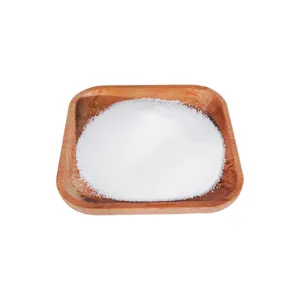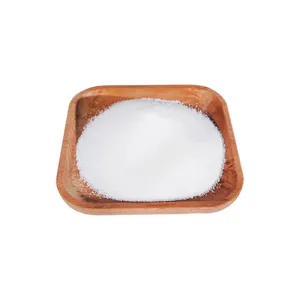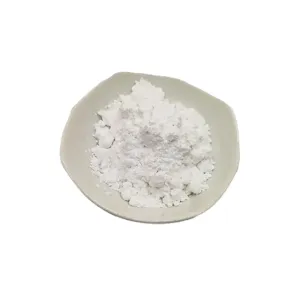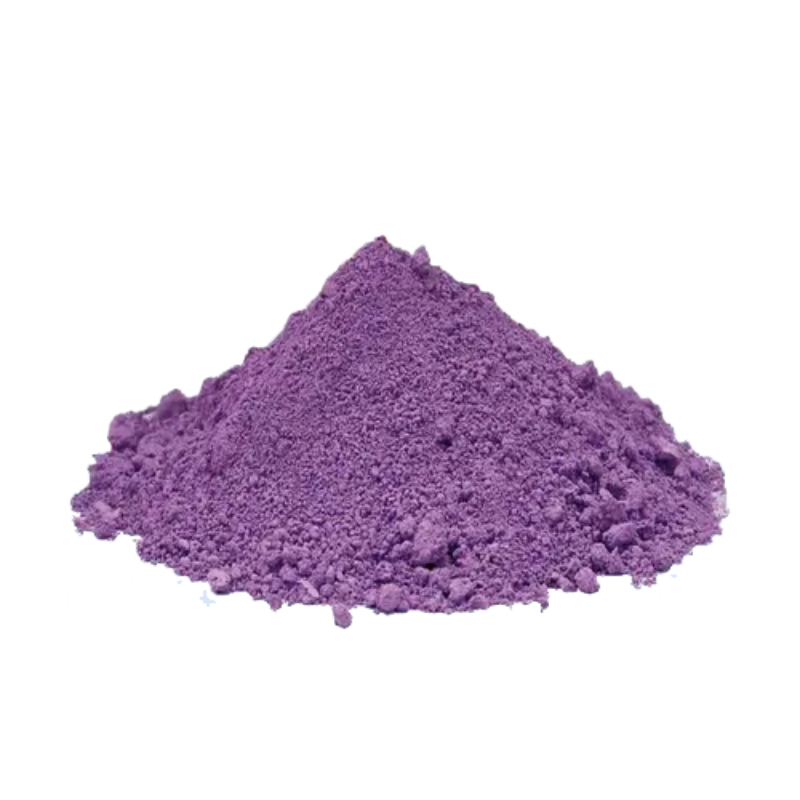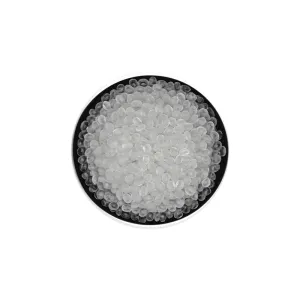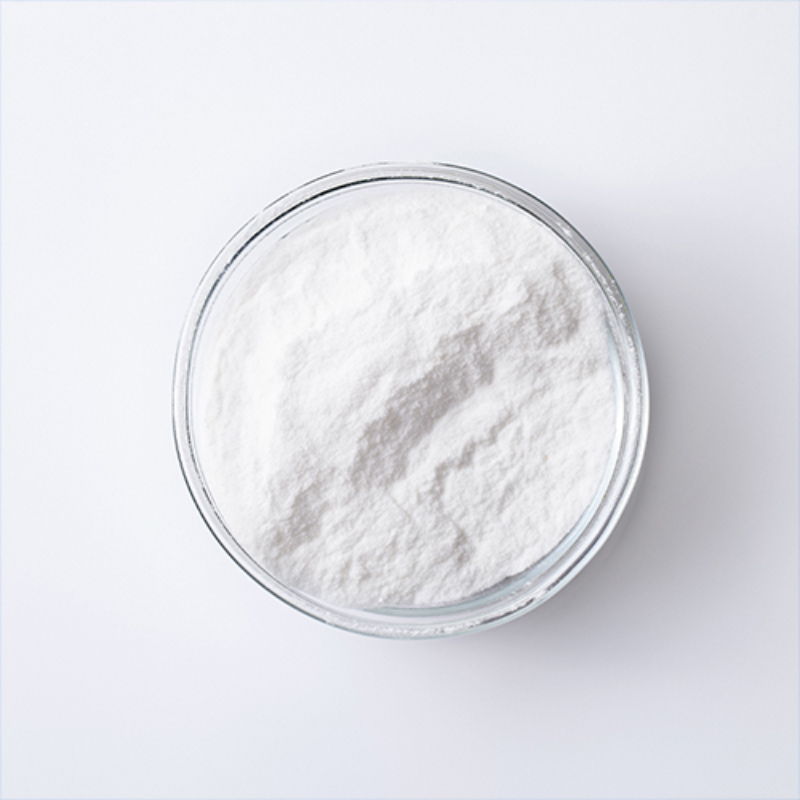TheresaBunyan
Release Time:
August 7, 2024, 7:34 PM
Nylon and PVC (Polyvinyl Chloride) are distinct materials with different chemical compositions, properties, and applications. Nylon is a synthetic polymer, a type of plastic derived from petroleum, known for its strength, elasticity, and resistance to abrasion and chemicals. It is widely used in the textile industry for making fabrics, ropes, and in various engineering applications due to its durability and flexibility.
PVC, on the other hand, is a thermoplastic polymer that is rigid, durable, and resistant to environmental factors such as moisture, chemicals, and corrosive substances. It is extensively used in construction for pipes, doors, windows, and in healthcare for medical devices. PVC can also be made flexible and soft by adding plasticizers, expanding its use to include hoses, electrical cable insulation, and inflatable products.
Despite both being plastics, their differences lie in their chemical structures, physical properties, and suitability for various applications, indicating that they are not the same.








